PROTECT YOUR DNA WITH QUANTUM TECHNOLOGY
Orgo-Life the new way to the future Advertising by Adpathway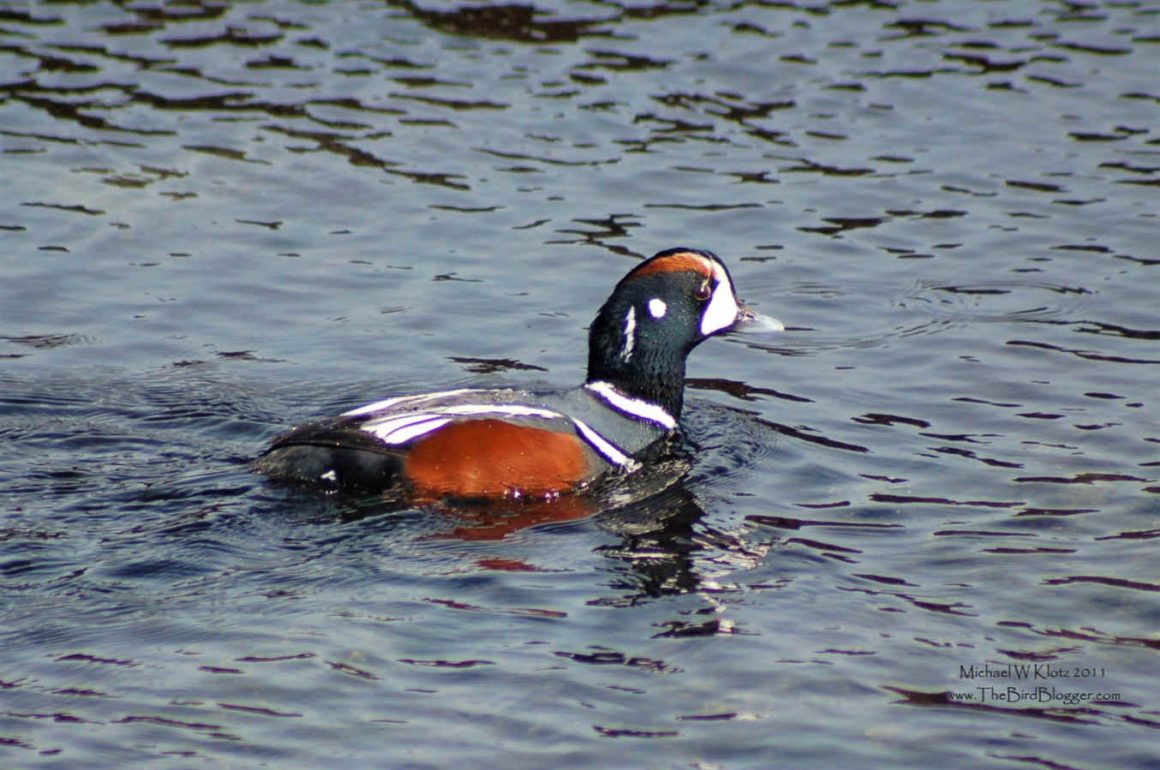
By Michael Klotz
Michael Klotz is a birder, photographer, and tour organizer from Langley, BC, who’s been chasing birds since age eight, when his grandfather handed him a pair of binoculars and a well-worn Golden Guide. Things got more serious in college where his zoology prof introduced the “life list” and life changed. Currently the day job keeping the lights on is bridge building. The reality of his next endeavour is 10000BirdTours where he co-founded the site to help folks find folks that find birds. He and his partner Carli have taken on the tough job of travelling to and guiding with all of the bird guides on the 10000BirdTours.com site. Now his spare time is filled with stories of “you have to check this place out” always with the quiet satisfaction of someone who knows there’s no such thing as “just one more trip.” He also has his own blog as The Bird Blogger.
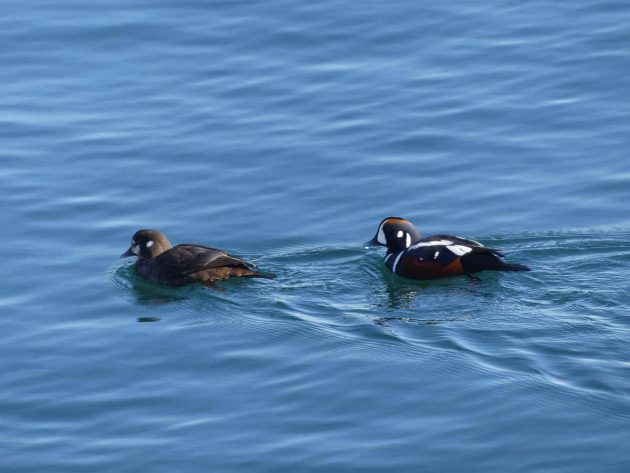
In summer, Harlequin Ducks can be found on fast-moving mountain streams, where their compact bodies and strong legs help them handle the current. Males have a distinct mix of blue-gray, chestnut, and white markings, while females are brown and more camouflaged. They feed on aquatic insects, larvae, and small crustaceans, diving and resurfacing quickly in the choppy water. Nests are placed close to the stream, often hidden under vegetation or on a rocky ledge. These spots offer easy access to water but also carry risks—large rainstorms can swell the rivers suddenly, sweeping away nests and ending a breeding season before the chicks hatch. Females raise the young, while males leave early to molt.
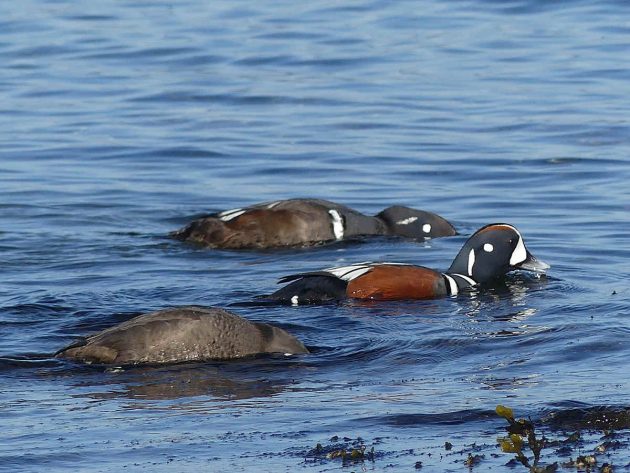
These streams provide both food and protection, but they also demand skill. The ducks move easily between riffles and calmer pockets, guiding their ducklings through water that could overwhelm less agile birds. The chicks grow quickly and learn to dive and swim in strong currents from the start.
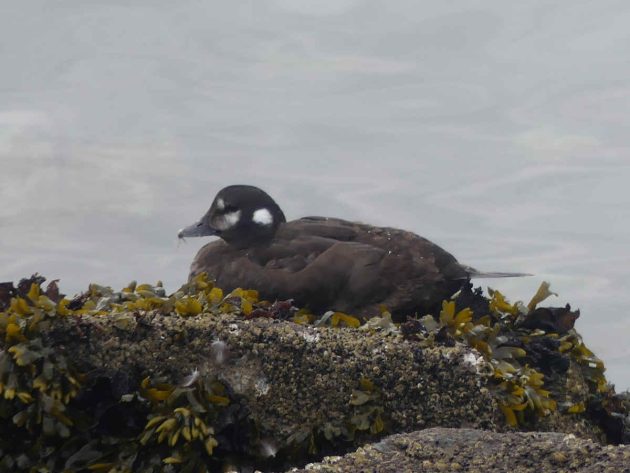
When cold weather sets in, Harlequin Ducks migrate, but unlike many species, their migration is mostly vertical rather than latitudinal. They leave the high-altitude mountain streams and travel down to sea level, wintering along rocky shorelines exposed to waves. There, they feed on mussels, snails, and other small marine animals, using the same diving and foraging skills they relied on in the rivers, now adapted to the shifting water of the ocean.
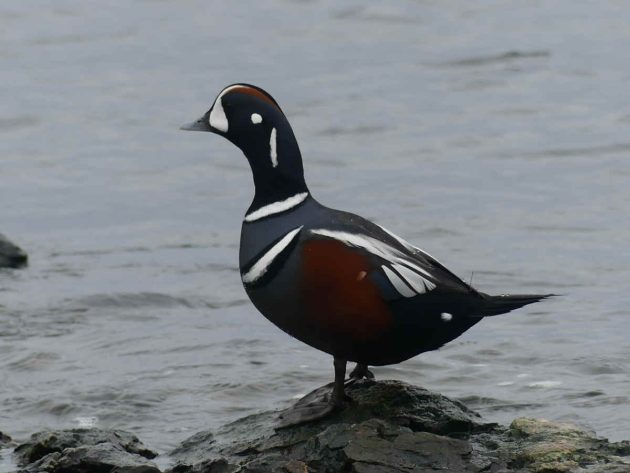
For wildlife photographers, Harlequin Ducks can be a real challenge. Their sharply contrasting dark and white plumage can fool a camera’s light meter, leaving the whites overexposed or the darker areas lost in shadow. Combine that with their tendency to stay in fast-moving water or among breaking waves, and getting a sharp, well-balanced image often requires patience, careful positioning, and plenty of trial and error.
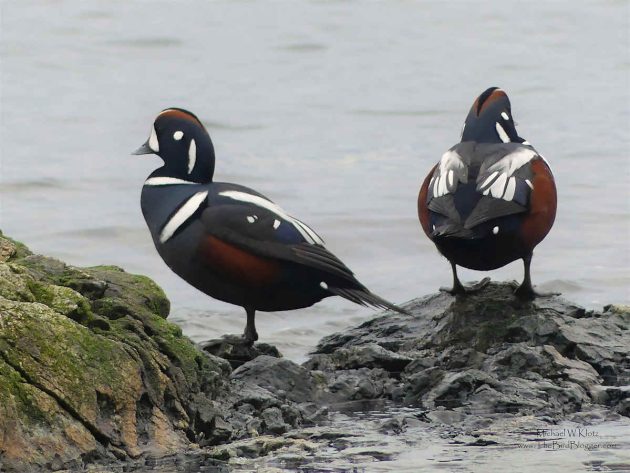
Winter brings its own challenges, with storms, rough surf, and predators. The ducks stay close to rocky areas, diving repeatedly to pry food from underwater surfaces. Males regain their brighter breeding colors during these months, while females keep their muted patterns. By spring, they return to the mountains, completing a yearly cycle between two very different habitats. Their movements are simple in distance but dramatic in elevation, showing how a species can thrive in both swift inland waters and the rugged coast. Spotting one in either setting offers a clear view of a bird built for moving water.
Written by a Guest
We welcome guest writers and invite you to share your insight and excitement about issues pertaining to wild birds and birding. If you’ve got something to share about conservation, birds, or birding, feel free to contact us about writing a post.



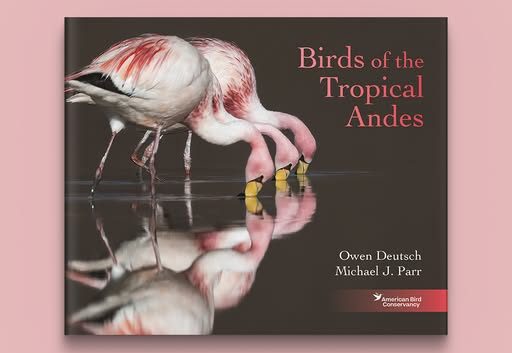



















 English (US) ·
English (US) ·  French (CA) ·
French (CA) ·